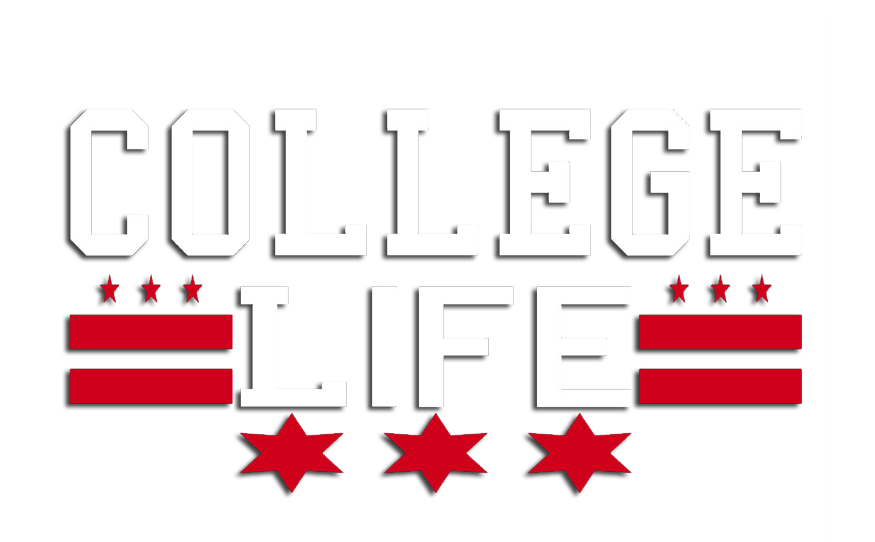College ain’t cheap: tuition, those little hidden fees, sorority dues, going out with friends, a gym membership… the list goes on and on.
Everything adds up fast, and the last thing you want to do is sacrifice your diet.
Meals can be expensive, whether you are eating at a restaurant or making your own dinner.
Especially if you are living in a college town, small convenience supermarkets and stores on campus tend to jack up the prices. But, eating healthy can be affordable, especially if you plan ahead and maximize your resources.
There are several simple tips that can help you stay on track with your healthy efforts, and also manage your money in college.
1. Make A List
Throughout the week, either write down a list or make one on your smartphone to record what you need from the supermarket. When something runs out, write it down.
Plan out which meals you want to eat for the week and make your list accordingly. When you are at the supermarket, it’s great to have a list to keep you on track and avoid making you buy random things you just don’t need.
2. Never Shop Hungry
Before you hit the grocery store, always remember not to shop hungry! If you are starving when you go to the supermarket, you’ll buy a lot more food than you intended.
Don’t fall into this trap that will lead to you deviating from your list and spending all of your money. Eat a small snack to sustain you before, like an apple with peanut butter or a handful of unsalted nuts.
3. Go Seasonal
In-season fruits and vegetables are usually at their cheapest. They are also at their peak level of nutrition and taste, especially if they are local.
Try choosing these items at the supermarket or a local farmer’s market to support the community and not break the bank. In the fall and winter, pick cabbage, apples, Brussels sprouts, spinach and leafy greens.
For the spring and summer, choose asparagus, green beans, zucchini, watermelon and melons. You can browse the web to learn more about when your favorite fruits and vegetables are in season.
4. Choose Frozen Foods
Frozen fruit and vegetables are usually frozen right after being picked, so they retain all of their nutrients. Sometimes, they may even contain more nutrients than fresh produce, since fresh fruits and vegetables may be sitting in storage for a while before reaching the supermarket.
Frozen produce is cheaper and can help you eliminate waste because it’s precut. Frozen berries are great to add to oatmeal in the mornings, and frozen vegetables are easy to warm up in a pinch.
5. Know When To Buy In Bulk
Stock up on your staples, like beans, olive oil, brown rice, quinoa, whole wheat pasta, nut butter, nuts and seeds. These non-perishable items that you use frequently are smart to buy in bulk so you can get them for a reasonable price.
Buying dry items in bulk, such as grains and oatmeal, is a smart move because they are easy to prepare and a little goes a long way. For example, you can prepare a great quinoa dish on Monday, and have dinner for the next few days.
6. Know When To Buy Small
It’s easy to buy everything in bulk, and then get frustrated when all of the vegetables you bought go to waste since you didn’t have time to cook them. Buy fresh produce in small amounts to avoid them going bad. Write down on your list which produce you want for the week, and buy however much your recipe needs.
In the long run, you’ll likely be saving money because you are buying the items as needed and not letting them go to waste.
7. Avoid Sugary Cereals
Sugary cereals will spike your blood sugar, and typically don’t keep you feeling full. You end up spending money on an expensive, fancy new cereal, but you’re not even full after and end up overeating throughout the day.
Try purchasing whole grain cereals with low sugar and fewer ingredients. Oatmeal is also a great option and very inexpensive to have in the mornings. Add cut fruit to cereal for a flavor boost.






